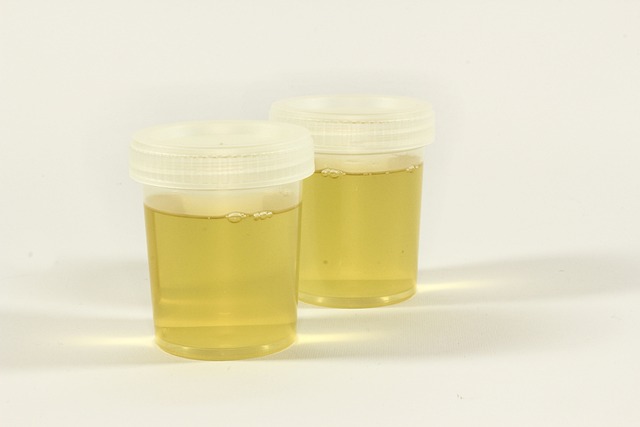Urine Colour Chart: Understanding What Different Shades Indicate
Urine colour varies from pale yellow to deep amber and can offer useful clues about hydration, diet, medications, and underlying health conditions. A urine colour chart is a simple visual tool that matches observed shades to likely causes, helping people know when to monitor habits or seek medical assessment. Reading the chart alongside symptoms and recent changes gives a clearer picture than colour alone.

This article is for informational purposes only and should not be considered medical advice. Please consult a qualified healthcare professional for personalized guidance and treatment.
What do different urine colours mean?
Urine colour primarily reflects concentration and the presence of pigments or substances. Pale straw-coloured urine usually indicates adequate hydration, while darker yellow or amber suggests concentrated urine or mild dehydration. Brownish or tea-coloured urine can result from certain foods, medications, or liver-related pigments. Pink or red urine can indicate blood, beet intake, or other pigments. Always consider recent diet, supplements, and medications when interpreting colour.
How can urine show kidney function?
The kidneys filter waste and balance fluids and electrolytes; urine can therefore reflect kidney performance. Very foamy urine, persistent dark colour, or urine that’s unusually cloudy may point to proteinuria or infection—signs that warrant further kidney testing. Single colour observations are not diagnostic, but consistent changes, swelling (edema), or altered urination patterns should prompt evaluation by a clinician and possibly urine analysis and kidney function tests.
When should urine colour prompt a health check?
Minor, short-lived colour changes often relate to food or temporary dehydration. But persistent abnormalities—such as continuous pink/red, dark brown, or orange urine without recent dietary causes—may indicate bleeding, liver dysfunction, or other medical issues. Fever, pain, burning urination, or sudden changes in urine output alongside colour change are reasons to seek healthcare. Use the chart to note patterns and report them to your provider for targeted assessment.
What medical tests explain urine colour changes?
Medical investigation begins with a urine dipstick and microscopic analysis to detect blood, protein, glucose, bilirubin, and signs of infection. If dipstick results are abnormal, clinicians may order urine culture, blood tests for kidney and liver function, imaging, or 24-hour urine collection to quantify protein loss. These tests connect a colour observation to measurable abnormalities, helping determine whether the cause is benign (diet, medication) or requires treatment.
Why does protein affect urine appearance?
Protein in urine (proteinuria) usually does not change colour dramatically, but heavy proteinuria may make urine appear foamy, frothy, or slightly cloudy. Proteinuria often signals kidney-filtering problems and may be associated with swelling, high blood pressure, or chronic conditions such as diabetes. If a urine colour chart is used alongside symptoms like foamy urine, fatigue, or swelling, consider discussing protein testing with a healthcare provider to assess kidney health.
Conclusion
A urine colour chart is a practical first step for observing changes and understanding common causes like hydration, diet, medications, and potential health concerns involving the kidneys or liver. Colour alone rarely provides a definitive diagnosis, so persistent or unusual findings—especially when accompanied by symptoms—should lead to medical evaluation and appropriate testing. Keeping a note of colours, timing, and related symptoms can help clinicians interpret results more effectively.






